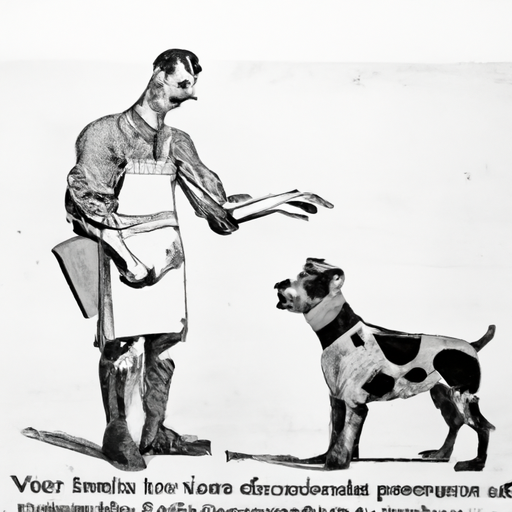As a caregiver, your dog’s health is your topmost priority. So when your canine companion is diagnosed with warts, you may be at a loss as to what to do next. Worry not! Understanding what you’re dealing with and how to treat it can alleviate your worries and ensure your pup is back to their old self in no time.
Understanding Warts on Dogs
Warts, also known as Canine Papilloma Virus (CPV), are benign skin tumors that can occur in dogs of all ages. They are round and often have a cauliflower-like appearance. Although they’re usually harmless, they can cause discomfort and sometimes even pain, especially if they’re located in a spot where your dog can chew or scratch them.
Table: Common Locations of Warts
| Location | Description |
|---|---|
| Mouth | Warts inside the mouth can make eating difficult. |
| Paws | Warts on the paws can cause limping or discomfort while walking. |
| Eyelids | Warts near the eyes can cause irritation and vision problems. |
Recognizing the Symptoms of Warts
Recognizing the symptoms of warts in dogs is the first step to effective treatment. Warts are usually small, round lumps on the skin. They may appear singly or in clusters, and are often gray, brown, or skin-colored.
- Size: Warts can vary in size. They may start as small as a pinhead and grow to the size of a pea or larger.
- Texture: They typically have a rough surface, similar to a cauliflower.
- Color: Most warts are skin-colored but can also be gray or brown.
Treating Warts on Dogs
Treating warts on dogs usually involves a combination of medical treatments and home care.
- Medical Treatments: Your vet may recommend surgical removal, cryotherapy (freezing the wart), or laser treatment to remove the warts. These treatments are usually reserved for warts that are causing problems for the dog.
- Home Care: In many cases, warts will eventually go away on their own, so monitoring the wart and keeping your dog comfortable may be all that’s needed.
Preventing Warts on Dogs
Preventing warts in dogs is all about maintaining a healthy lifestyle and good hygiene practices.
- Healthy Diet: A balanced diet can help strengthen your dog’s immune system and prevent warts.
- Vaccination: There are vaccines available that can help protect your dog from the virus that causes warts.
- Regular Vet Checkups: Regular vet visits can help catch any health issues, including warts, before they become a problem.
Frequently Asked Questions
Q: Are warts on dogs contagious?
A: Yes, warts can be spread from dog to dog through direct contact.
Q: Can humans get warts from dogs?
A: No, the virus that causes warts in dogs does not affect humans.
Q: Should I try to remove my dog’s wart at home?
A: No, it’s not recommended. You could cause more harm than good. Always consult a vet.
Q: Does my dog’s breed affect their risk of getting warts?
A: No, all breeds can get warts, but they’re more common in young and senior dogs.
Caring for a dog with warts can be a challenging task, but with knowledge and patience, you can ensure your furry friend is comfortable and happy. Always consult with your vet to determine the best course of action for your dog’s specific situation.



